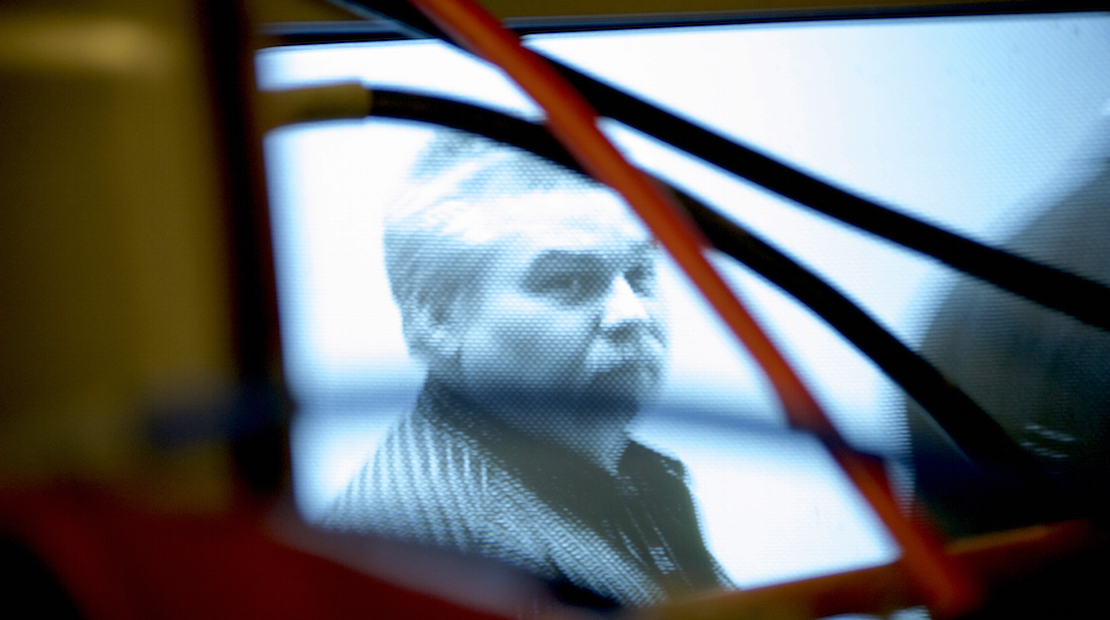 Since its debut on Netflix last month, the ten-part documentary miniseries "Making a Murderer" has dominated the water-cooler conversation. Below, we rerun an interview with directors Laura Ricciardi and Moira Demos, who worked for a decade to get the story of Steven Avery on screen.
Since its debut on Netflix last month, the ten-part documentary miniseries "Making a Murderer" has dominated the water-cooler conversation. Below, we rerun an interview with directors Laura Ricciardi and Moira Demos, who worked for a decade to get the story of Steven Avery on screen.
Laura Ricciardi is a filmmaker with a special interest in social justice. She earned a JD from New York Law School and an MFA in film from Columbia University School of the Arts. Her thesis film was recommended for a National Board of Review student award and in 2007 Ricciardi was the recipient of a filmmaking grant from The Peter S. Reed Foundation.
Moira Demos is an accomplished film editor whose documentary credits include the Academy Award-nominated "Ferry Tales," directed by Katja Esson, and Martina Radwan’s "Spring in Awe." Demos has also written and directed four narrative shorts. (Press materials)
W&H: Please give us your description of the series.
LR & MD: "Making a Murderer" is the story of Steven Avery, a DNA exoneree who, two years after being freed from prison, becomes the prime suspect in a new crime. The ten-part series is a search for an answer to the question of why someone who had spent 18 years fighting to get out of prison would do something that could put him away again.
W&H: What drew you to this story?
LR & MD: When we learned that Steven had a multi-million-dollar lawsuit pending against the very county that was investigating him in the new case, we instantly recognized the conflict of interest and wanted to know if there was more to the story.
W&H: What was the biggest challenge in making the series?
LR & MD: Being steadfast about the format in order to stay true to the story we envisioned. When we started making the series in 2005, the distribution world was very different: Netflix was not yet doing originals, and there weren’t many potential homes for a narrative documentary series.
W&H: What do you want people to think about when they are leaving the theater?
LR & MD: What happens in episode three? Seriously, though, because we’re screening only the first two episodes of a 10-part series [at DOC NYC 2015], we want people to be full of questions when they leave the theater and we hope those questions will make them tune in to the rest of the story.
W&H: What advice do you have for other female directors?
LR & MD: Take up the space you need to do your best work.
W&H: What’s the biggest misconception about you and your work?
LR & MD: That we don’t have any experience. Over the past 10 years, we made the equivalent of five feature films.
W&H: How did you get your film funded? Share some insights into how you got the film made.
LR & MD: Because we were first-time filmmakers, this had to be primarily self-funded until we had rough cuts of several episodes and could demonstrate what we could do, then get the support we needed to follow through on our vision.
W&H: Name your favorite woman-directed film and why.
LR & MD: Barbara Kopple’s "Harlan County, USA" because of the amazing story she captured and the guts it took to capture it.







